Supernova remnants used to probe how star explosion took shape
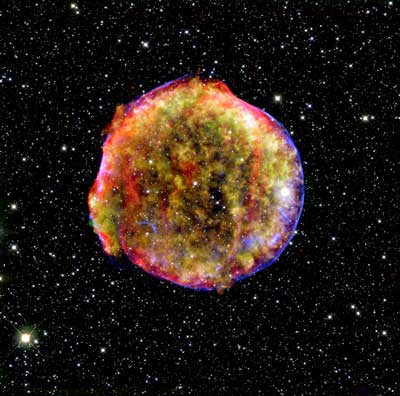 The evolution of an exploding star begins more haphazardly than previously thought.
The evolution of an exploding star begins more haphazardly than previously thought.
Aug 30th, 2019
Read more
 Subscribe to our Space Exploration News feed
Subscribe to our Space Exploration News feed
 The evolution of an exploding star begins more haphazardly than previously thought.
The evolution of an exploding star begins more haphazardly than previously thought.
Aug 30th, 2019
Read more New study suggests that the nightsides of hot Jupiters share clouds made of minerals.
New study suggests that the nightsides of hot Jupiters share clouds made of minerals.
Aug 28th, 2019
Read more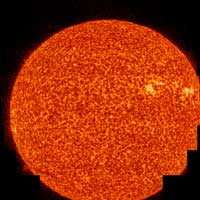 It is probable that primordial galaxies triggered the period in the history of the universe known as 'cosmic reionisation'. Astronomers have succeeded in demonstrating this by studying green pea galaxies.
It is probable that primordial galaxies triggered the period in the history of the universe known as 'cosmic reionisation'. Astronomers have succeeded in demonstrating this by studying green pea galaxies.
Aug 28th, 2019
Read more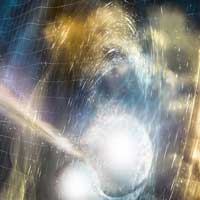 HADES experiment simulates colliding and merging neutron stars.
HADES experiment simulates colliding and merging neutron stars.
Aug 22nd, 2019
Read more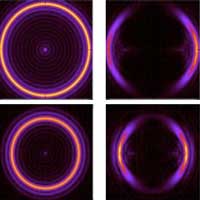 Researchers propose a new holographic method to simulate black holes with a tabletop experiment. This work may be crucial for solving one of the biggest mysteries in science -- reconciling quantum mechanics and general relativity.
Researchers propose a new holographic method to simulate black holes with a tabletop experiment. This work may be crucial for solving one of the biggest mysteries in science -- reconciling quantum mechanics and general relativity.
Aug 20th, 2019
Read more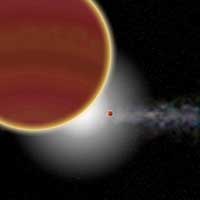 A team of astronomers has discovered a second giant planet in orbit around Beta Pictoris, a star that is relatively young (23 million years old) and close (63.4 light years), and surrounded by a disk of dust.
A team of astronomers has discovered a second giant planet in orbit around Beta Pictoris, a star that is relatively young (23 million years old) and close (63.4 light years), and surrounded by a disk of dust.
Aug 19th, 2019
Read more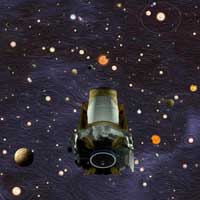 A new study provides the most accurate estimate of the frequency that planets that are similar to Earth in size and in distance from their host star occur around stars similar to our Sun.
A new study provides the most accurate estimate of the frequency that planets that are similar to Earth in size and in distance from their host star occur around stars similar to our Sun.
Aug 14th, 2019
Read more Harsh ultraviolet radiation flares from red suns, once thought to destroy surface life on planets, might help uncover hidden biospheres. Their radiation could trigger a protective glow from life on exoplanets called biofluorescence.
Harsh ultraviolet radiation flares from red suns, once thought to destroy surface life on planets, might help uncover hidden biospheres. Their radiation could trigger a protective glow from life on exoplanets called biofluorescence.
Aug 14th, 2019
Read more In a new study, researchers report on the most detailed simulation ever of a large patch of the intergalactic medium (IGM). For the first time, they were able to see how cold, dense gas clouds in the IGM organize themselves and react within much larger 'sheets' or 'pancakes' of matter in the vastness of space.
In a new study, researchers report on the most detailed simulation ever of a large patch of the intergalactic medium (IGM). For the first time, they were able to see how cold, dense gas clouds in the IGM organize themselves and react within much larger 'sheets' or 'pancakes' of matter in the vastness of space.
Aug 13th, 2019
Read more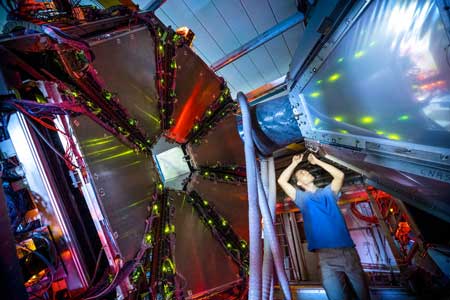 An international group of researchers has succeeded for the first time in measuring the so-called black-body radiation.
An international group of researchers has succeeded for the first time in measuring the so-called black-body radiation.
Aug 9th, 2019
Read more Dark matter, which researchers believe make up about 80% of the universe?s mass, is one of the most elusive mysteries in modern physics. What exactly it is and how it came to be is a mystery, but a new study now suggests that dark matter may have existed before the Big Bang.
Dark matter, which researchers believe make up about 80% of the universe?s mass, is one of the most elusive mysteries in modern physics. What exactly it is and how it came to be is a mystery, but a new study now suggests that dark matter may have existed before the Big Bang.
Aug 8th, 2019
Read more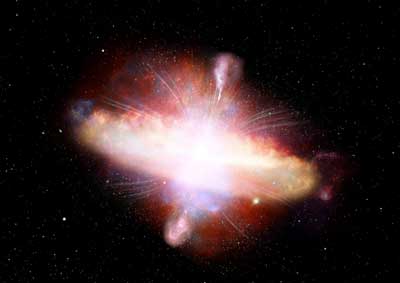 Astronomers have spotted what they suggest is a 'brief transition phase in the development of these galactic giants that could shed light on how quasars and their host galaxies evolve.
Astronomers have spotted what they suggest is a 'brief transition phase in the development of these galactic giants that could shed light on how quasars and their host galaxies evolve.
Aug 7th, 2019
Read more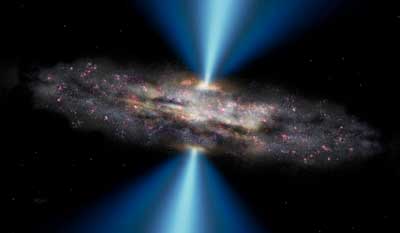 At the center of certain galaxies are objects of such tremendous brightness they outshine the rest of their galaxy by four orders of magnitude. Our understanding of these active galactic nuclei has progressed by leaps and bounds over the past several decades, though recently debate has centered on the identity of some of these objects.
At the center of certain galaxies are objects of such tremendous brightness they outshine the rest of their galaxy by four orders of magnitude. Our understanding of these active galactic nuclei has progressed by leaps and bounds over the past several decades, though recently debate has centered on the identity of some of these objects.
Aug 6th, 2019
Read more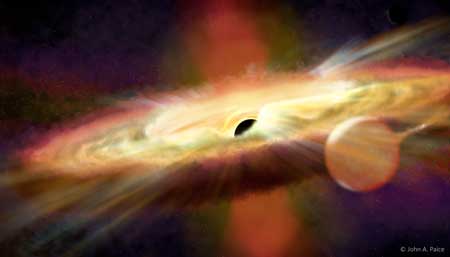 An international team of astrophysicists have detected a very hot, dense outflowing wind close to a black hole at least 25,000 light-years from Earth.
An international team of astrophysicists have detected a very hot, dense outflowing wind close to a black hole at least 25,000 light-years from Earth.
Aug 6th, 2019
Read more Astronomers are planning to hunt for cores of exoplanets around white dwarf stars by 'tuning in' to the radio waves that they emit.
Astronomers are planning to hunt for cores of exoplanets around white dwarf stars by 'tuning in' to the radio waves that they emit.
Aug 6th, 2019
Read more A team of scientists recently discovered a new class of pulsators that vary in brightness every five minutes.
A team of scientists recently discovered a new class of pulsators that vary in brightness every five minutes.
Aug 1st, 2019
Read more How can a planet be 'hotter than hot'? The answer is when heavy metals are detected escaping from the planet's atmosphere, instead of condensing into clouds.
How can a planet be 'hotter than hot'? The answer is when heavy metals are detected escaping from the planet's atmosphere, instead of condensing into clouds.
Aug 1st, 2019
Read more A piping hot planet discovered by NASA's Transiting Exoplanet Survey Satellite (TESS) has pointed the way to additional worlds orbiting the same star, one of which is located in the star's habitable zone. If made of rock, this planet may be around twice Earth's size.
A piping hot planet discovered by NASA's Transiting Exoplanet Survey Satellite (TESS) has pointed the way to additional worlds orbiting the same star, one of which is located in the star's habitable zone. If made of rock, this planet may be around twice Earth's size.
Jul 31st, 2019
Read more